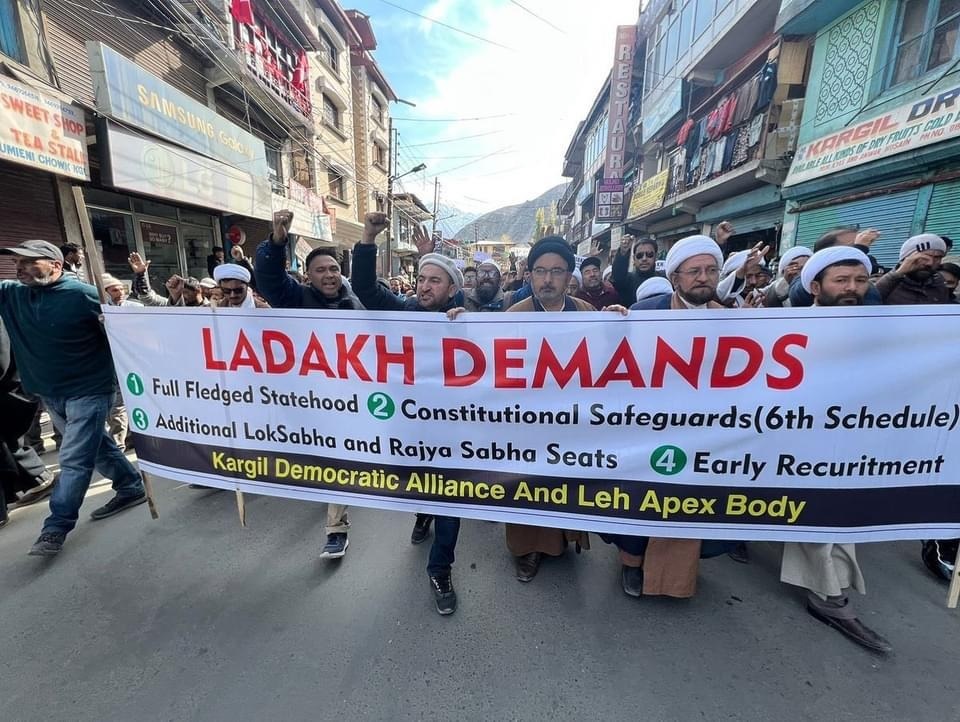
The 19th round of India-China military talks concluded on Tuesday without immediate progress on the pressing issue of Chinese presence in the Depsang Plains. However, both nations have agreed to expedite efforts towards resolving the lingering concerns along the Line of Actual Control (LAC) in the western sector. The two-day talks, held secretly until the joint statement, marked the first instance of such extensive discussions between the nations.
The joint statement issued by the Indian Ministry of External Affairs and the Chinese foreign ministry revealed that the meetings took place on August 13-14, on the Indian side of the Chushul-Moldo border meeting point. Despite the lack of a breakthrough on the Depsang issue, the statement highlighted the positive and constructive nature of the discussions, which were guided by the leaders of both countries. Both sides have committed to not escalating military build-up along the LAC. The agreement aligns with the prior disengagement from certain disputed areas, including the Galwan Valley, Pangong Tso, Gogra, and Hot Springs.
The discussions also encompassed pre-existing matters such as no patrolling in buffer zones within disputed regions, maintaining the sanctity of airspace, and promoting regular interaction among different command levels. Both nations found common ground on these issues.
The recent talks hold particular significance considering the forthcoming engagements between the Indian Prime Minister Narendra Modi and Chinese President Xi Jinping. Both leaders are expected to participate in the BRICS summit in Johannesburg, followed by President Xi’s visit to India for the G20 Summit. While the prospect for a bilateral meeting between Modi and Xi remains, the focus on building a cooperative framework takes precedence.
Within the context of the current round of discussions, the Depsang Plains issue was a primary concern. This region, part of India’s Sub Sector North, has remained disputed, positioned between the Siachen Glacier and the Chinese-controlled Aksai Chin. The Chinese have obstructed Indian patrols beyond certain points, including the bottleneck area or ‘Y’ Junction. Although Indian forces have the capability to push forward to traditional patrolling points, they have refrained from doing so to avoid heightening tensions.
The talks which have been ongoing since 2020 have yet to yield substantial progress on the Depsang Plains issue. Despite this, the willingness of both sides to engage in open dialogue and confidence-building measures signals their commitment to maintaining peace and stability along the Line of Actual Control. As leaders of the two countries prepare for upcoming summits, the focus should remain on fostering cooperation and resolving existing disputes through diplomatic channels. And the onus to do so squarely falls on China which in the first place staged incursions at five points along the Line of Actual Control.
Follow this link to join our WhatsApp group: Join Now
Be Part of Quality Journalism |
Quality journalism takes a lot of time, money and hard work to produce and despite all the hardships we still do it. Our reporters and editors are working overtime in Kashmir and beyond to cover what you care about, break big stories, and expose injustices that can change lives. Today more people are reading Kashmir Observer than ever, but only a handful are paying while advertising revenues are falling fast. |
| ACT NOW |
| MONTHLY | Rs 100 | |
| YEARLY | Rs 1000 | |
| LIFETIME | Rs 10000 | |











